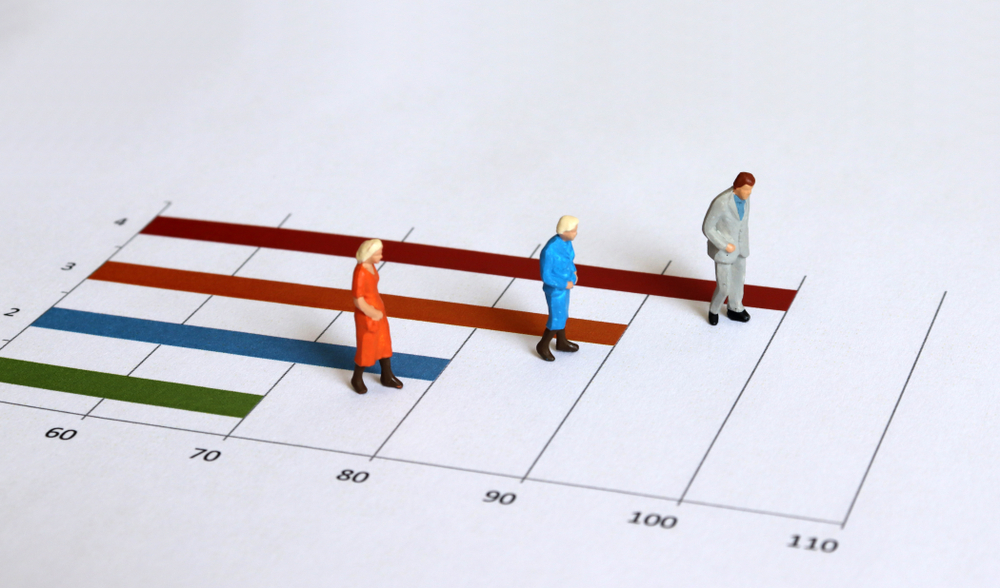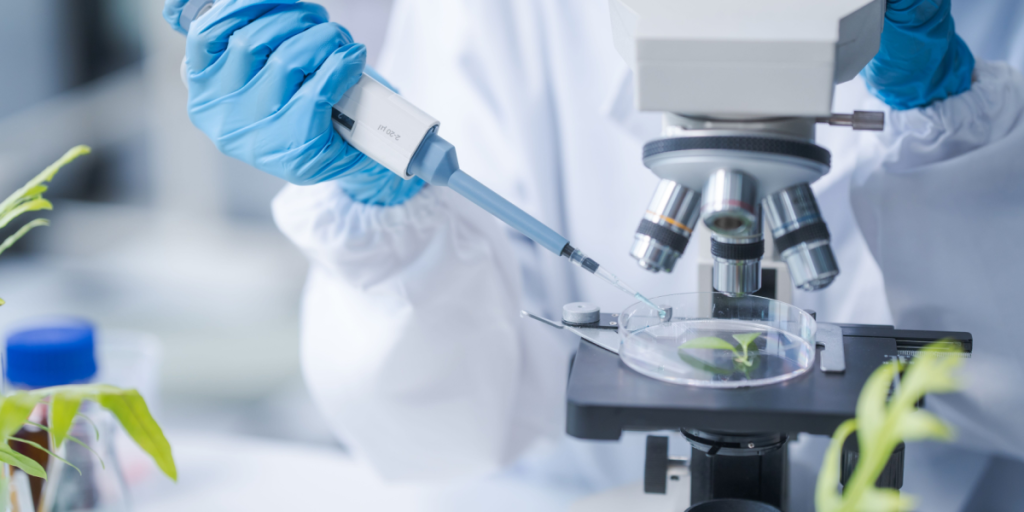In 1925, as medicine surged ahead with discoveries like insulin and vitamins, some scientists believed humanity was on the verge of conquering death. A century later, we’re still chasing longevity — just with more refined tools.
Others are reading now
In 1925, as medicine surged ahead with discoveries like insulin and vitamins, some scientists believed humanity was on the verge of conquering death. A century later, we’re still chasing longevity — just with more refined tools.
A wave of optimism in the early 20th century

New vaccines, better surgical techniques, and improved sanitation were extending lives. Scientists and writers of the era speculated that lifespans could soon stretch into the centuries.
“Is death really necessary?”

In July 1925, Popular Science ran a story suggesting humans might someday live to be 1,000 years old. The author imagined enzyme replacements, organ transplants, and even manipulating a mysterious “vital spark” to halt aging.
Science was transforming medicine — fast

Insulin had just been isolated. Germ theory was unlocking disease prevention. Vitamins were being linked to specific ailments. Each discovery seemed to chip away at mortality’s grip.
From goat’s rue to metformin

Before insulin, diabetes was treated with Galega officinalis, a glucose-lowering plant. Ironically, a derivative of it — metformin — is now one of the most widely used diabetes drugs, and a promising candidate for slowing aging.
Also read
Today’s tools are more advanced

In the 2020s, scientists are exploring gene editing, cellular reprogramming, and immunotherapy. Instead of just extending life, they’re focused on improving the quality and resilience of aging bodies.
Modern breakthroughs in mice

In Singapore, researchers extended mouse lifespans by 25% by blocking interleukin-11. Others introduced a naked mole rat gene to mice, slightly boosting longevity and health. Human applications remain a major hurdle.
Reversing the clock, cell by cell

Nobel-winning work has shown it’s possible to revert adult cells to a stem-like state. These reprogrammed cells can regenerate tissue — potentially a game-changer in treating age-related damage.
Life expectancy gains are real — if modest

In 1925, the average American lived to 58. Today, it’s 78. That’s a 20-year gain in a century. While far from the promised 1,000, it reflects steady progress in public health and medical care.
The rise of the biohacker and longevity tech

From stem cell injections to blood plasma swaps, today’s life-extension pursuits include both mainstream research and fringe experimentation — often led by wealthy tech entrepreneurs.
Also read
Living longer raises hard questions

If we could live 200 or 300 years, how would society cope? Who gets access to such therapies? What happens to employment, healthcare, and intergenerational dynamics?
The 1,000-year dream remains elusive

We’re not close to living for centuries. Most longevity research still applies only to short-lived animals. But extending healthy lifespan by decades? That might be within reach — if science continues its careful climb.


